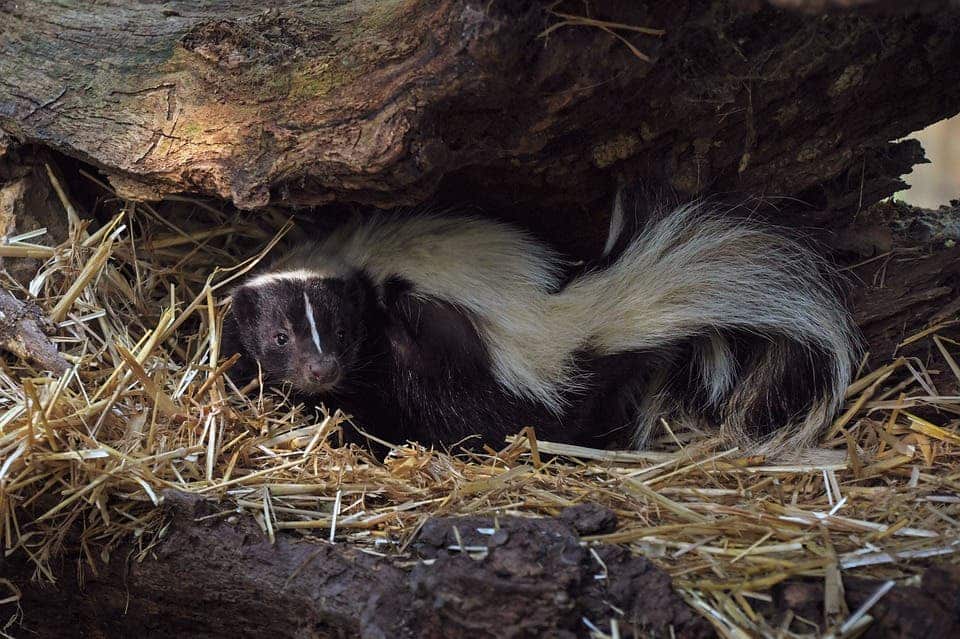Stinky smells make for stronger memories, it seems.

Image via Pixabay.
New research from the New York University’s Department of Psychology suggests that memories are stronger when the original experience was accompanied by unpleasant odors. The findings broaden our understanding of the mechanisms that underpin memory and of how negative experiences help shape our ability to recall past events.
Smells… familiar
“These results demonstrate that bad smells are capable of producing memory enhancements in both adolescents and adults, pointing to new ways to study how we learn from and remember positive and negative experiences,” explains Catherine Hartley, an assistant professor in New York University’s Department of Psychology and the senior author of the study.
“Because our findings spanned different age groups, this study suggests that aversive odors might be used in the future to examine emotional learning and memory processes across development,” adds lead author Alexandra Cohen, an NYU postdoctoral fellow.
Negative experiences are known to impact our memory. If you get bitten by a dog, for example, you can develop a negative memory of that particular animal — and that negative association may eventually eneralize to all dogs. You’re also much more likely to have a vivid, powerful memory of that particular interaction than your other past experiences with dogs due to the trauma associated with the event.
“The generalization and persistence in memory of learned negative associations are core features of anxiety disorders, which often emerge during adolescence,” notes Hartley.
In order to get a better idea of how these learned negative associations shape the way our memories form during this age, the team designed and administered a Pavlovian learning task to individuals aged 13 to 25. Such tasks usually employ mild electrical shocks; however, the researchers used bad smells because they can be ethically administered in studying children.
The task included viewing a series of images belonging to one of two conceptual categories: objects (e.g., a chair) and scenes (e.g., a snow-capped mountain). Participants wore a nasal mask connected to an olfactometer (an instrument used to detect and measure odor dilution) as they viewed the images. When images from one category were shown, participants were given unscented air. While participants viewed images from the other category, unpleasant smells were sometimes circulated through the device to the mask.
In order to determine which odors the participants found unpleasant, the researchers had the subjects breathe in a variety of odors and indicate which ones they thought were unpleasant prior to the study. The odors were blends of chemical compounds provided by a local perfumer and included scents such as rotting fish and manure.
This allowed the team to quantify the effect of a bad smell on individual memories as well as generalization to related images. In other words, they could measure if the image of a chair was stronger when associated with a bad smell, and whether this would happen only for this image or images in general. The team measured perspiration in the participants’ hands as a proxy for arousal levels. One day after the task, researchers tested participants’ memory for the images.
Their findings showed that both adolescents and adults showed better memory specifically for images paired with the bad smell 24 hours after the task. They also found that individuals with higher arousal levels during while viewing images that may have been associated with an unpleasant smell had better memory of the images 24 hours later regardless of whether or not a smell was actually delivered. This suggests that unpredictability or surprise associated with the outcome leads to better memory.
The paper “Aversive learning strengthens episodic memory in both adolescents and adults” has been published in the journal Learning & Memory.






